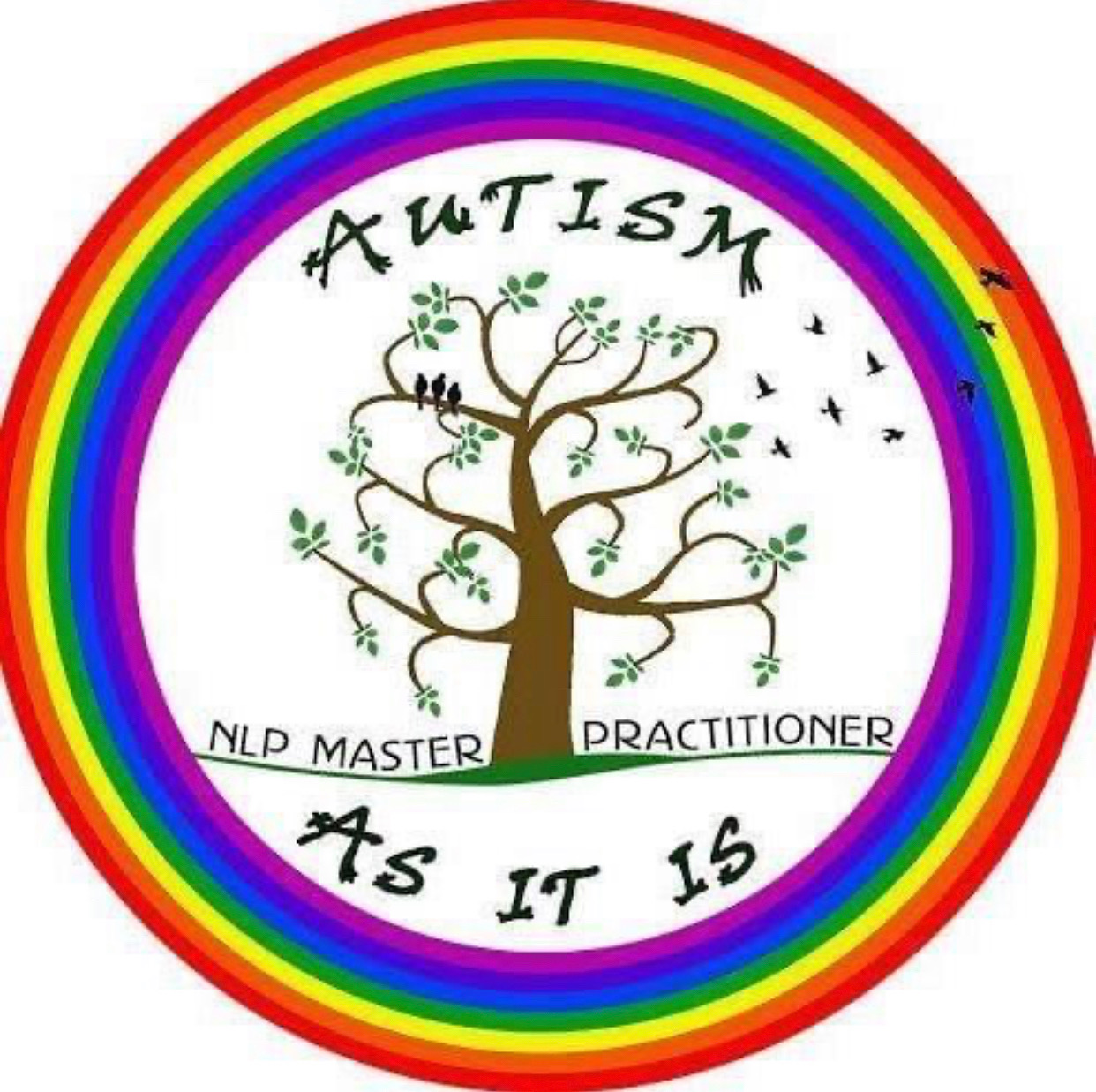Finding the Right Resources for Your Family
Every child with autism is unique—and so are the needs of the families who love and care for them. That’s why finding the right resources is such an important step in your journey. Whether you’re supporting a child, navigating your own experience as a parent or sibling, or just looking for helpful tools, knowing what types of resources to seek out can make all the difference.
This page offers a general guide to the kinds of materials and supports that may benefit your family, based on years of lived experience, professional practice, and feedback from others walking a similar path.
📚 Types of Resources
Books & Workbooks
Books are one of the most versatile tools available. Whether for children, teens, or adults, books can explain emotions, life changes, social situations, and even challenging behaviours in accessible ways. Workbooks often include exercises, journaling prompts, or visual aids that encourage active engagement and reflection.
Look for:
- Picture books that explain emotions or autism in child-friendly language
- Teen-friendly guides to puberty and relationships
- Workbooks that teach emotional regulation, social rules, or self-awareness
- Books that help children process anxiety, anger, or sensory overload
DVDs & Video-Based Content
Visual learners may benefit from videos and shows that model social skills, emotions, or language. Some use familiar characters or songs, while others are designed specifically for children on the spectrum.
Look for:
- Educational DVDs that focus on facial expressions and emotional recognition
- Shows that incorporate sign language or Makaton
- Musical or rhythmic content to engage attention and support memory
- Age-appropriate content with slow pacing and visual clarity
Interactive Software & CD-ROMs
Though technology has moved beyond CD-ROMs in most cases, many children still benefit from interactive, screen-based tools. These may be available as apps, games, or downloadable programs.
Look for:
- Interactive phonics or reading programs that include sound and visuals
- Speech and language tools that use sign, symbols, or video modelling
- Educational apps that allow for repetition and predictability
- Tools that match your child’s interests—e.g., vehicles, animals, or favourite characters
🎯 Key Topics to Explore
1. Puberty & Growing Up
Children with autism often experience a gap between chronological age and emotional or cognitive development. This can make puberty and body changes confusing or distressing.
Choose resources that:
- Use clear, simple language and visuals
- Separate emotional changes from physical ones
- Allow for repeated reading or viewing
- Acknowledge that understanding may come in small steps over time
2. Anxiety & Emotional Regulation
Managing anxiety is a common challenge for many autistic children. Resources in this area help children identify what they’re feeling and offer strategies to calm down or express themselves safely.
Choose resources that:
- Teach about emotions using visual scales, stories, or characters
- Offer relaxation strategies (like breathing or counting)
- Encourage communication of needs through pictures or simple language
- Include CBT-inspired frameworks made for young minds
3. Relaxation & Mindfulness
Learning to self-soothe and unwind is vital for autistic individuals who may experience frequent sensory overload or emotional intensity.
Choose resources that:
- Include calming stories, guided visualisations, or bedtime routines
- Use gentle language, soft visuals, or sensory cues
- Support routines that encourage relaxation at home or in school
4. Diet & Nutrition
While nutritional approaches can be a source of debate, some families explore dietary support as part of a broader well-being strategy.
Approach this area by:
- Reading broadly and critically—seek multiple perspectives
- Discussing any major changes with a healthcare professional
- Considering gut health, food sensitivities, and sensory-based food aversions
- Exploring ways to make mealtimes more positive and less stressful
5. MMR & Vaccination
This remains a controversial area. If you’re seeking information about the MMR vaccine or any related topic, it’s best to read a variety of perspectives—both scientific and anecdotal—and consult medical professionals before making decisions.
👨👩👧👦 Resources for Different Family Members
For Children with Autism
Choose resources that:
- Match your child’s developmental and sensory needs
- Use repetition, structure, and visual support
- Involve their interests (e.g., trains, dinosaurs, animals)
- Allow them to learn through play and story
For Parents and Carers
Parent-focused resources offer practical advice and emotional support. They may include strategies for communication, behaviour, daily routines, or managing challenging moments.
You might look for:
- Communication and behaviour strategy guides
- Mindfulness and self-care resources for carers
- Parenting manuals based on evidence-based models (like Hanen, TEACCH, or Relationship Development Intervention)
- Books exploring advocacy, education, and long-term planning
For Siblings
Siblings often carry silent questions and emotions. They may need space to talk, ask questions, or simply feel seen.
Choose resources that:
- Share other siblings’ experiences
- Explain autism in child-friendly ways
- Offer journaling or expression opportunities
- Encourage empathy, connection, and healthy boundaries
💡 Choosing the Right Resource
Here are a few things to keep in mind when selecting resources:
- Match by interest: Children often engage best when content is linked to something they already love.
- Start with their strengths: Use what they’re already good at to introduce new ideas.
- Don’t overdo it: One great book used often is better than a shelf of untouched ones.
- Involve the child where possible: Let them choose what feels right and engaging.
- Use together time: Reading, watching, or playing alongside your child builds connection and helps you model new ideas.
🌱 Final Thought
Finding the right resources is about more than just learning—it’s about connecting, growing, and feeling empowered as a family. With time and support, you’ll discover what works best for you and your loved ones.
If you need help identifying resources that match your child’s unique needs, don’t hesitate to reach out. We’re here to walk this journey with you.
